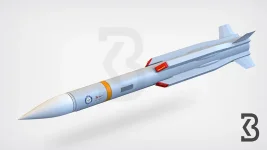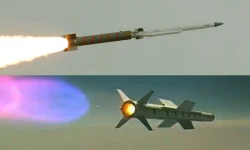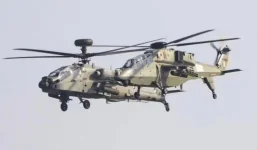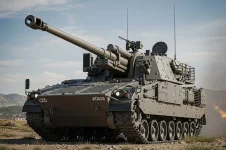- Views: 1K
- Replies: 19
India is reportedly in the initial phases of a significant strategic project to develop a conventional, non-nuclear variant of its premier Agni-V intercontinental ballistic missile (ICBM).
The new version is being designed to carry a massive 7.5-tonne warhead, a move that signals a major enhancement of the country's tactical strike capabilities.
This development initiative, led by the Defence Research and Development Organisation (DRDO), aims to adapt the proven, long-range Agni-V platform for conventional warfare scenarios.
The project highlights India's strategic focus on building a credible high-impact, precision-strike force to address modern security challenges and deter regional threats without crossing the nuclear threshold.
The primary trade-off for carrying such a heavy conventional payload is a reduction in the missile's operational range.
While the nuclear-capable Agni-V can strike targets beyond 5,000 kilometres, the new conventional variant will have its range adjusted to an estimated 2,000 to 2,500 kilometres.
This modification is a deliberate choice, prioritising the ability to deliver a devastating conventional blow to critical targets within India's immediate and extended neighbourhood.
The Agni-V, a cornerstone of India's strategic deterrence, is a three-stage, solid-fuelled missile celebrated for its high accuracy, advanced navigation, and canister-launch system that provides operational flexibility.
It is expected that the conventional variant will retain these core technological strengths, ensuring precise targeting of enemy assets even with the substantially heavier warhead.
This diversification of the Agni-V platform provides India with a powerful conventional deterrent.
It enhances the nation's ability to conduct rapid and decisive strikes against high-value strategic targets, such as command-and-control centres, major infrastructure, and fortified military facilities.
This capability is particularly relevant in countering adversaries who rely on hardened or deeply buried structures to protect their key assets.
Two Specialised Warhead Configurations
To meet diverse mission requirements, the conventional Agni-V is planned to be developed with two distinct types of warheads:- Airburst Warhead: This variant is designed to detonate at a specific altitude above a target area. The resulting explosion creates a massive shockwave and disperses lethal fragments over a wide radius, making it highly effective for neutralising large, exposed targets like military convoys, airfields, and logistics hubs.
- Bunker Buster Warhead: This penetrator variant is engineered to destroy heavily fortified and underground structures. Capable of piercing facilities buried 80 to 100 metres deep, this warhead would first penetrate the surface and then detonate, ensuring the destruction of hardened command posts or concealed weapon storage sites. This provides a critical capability for modern warfare scenarios where vital assets are often protected underground.





